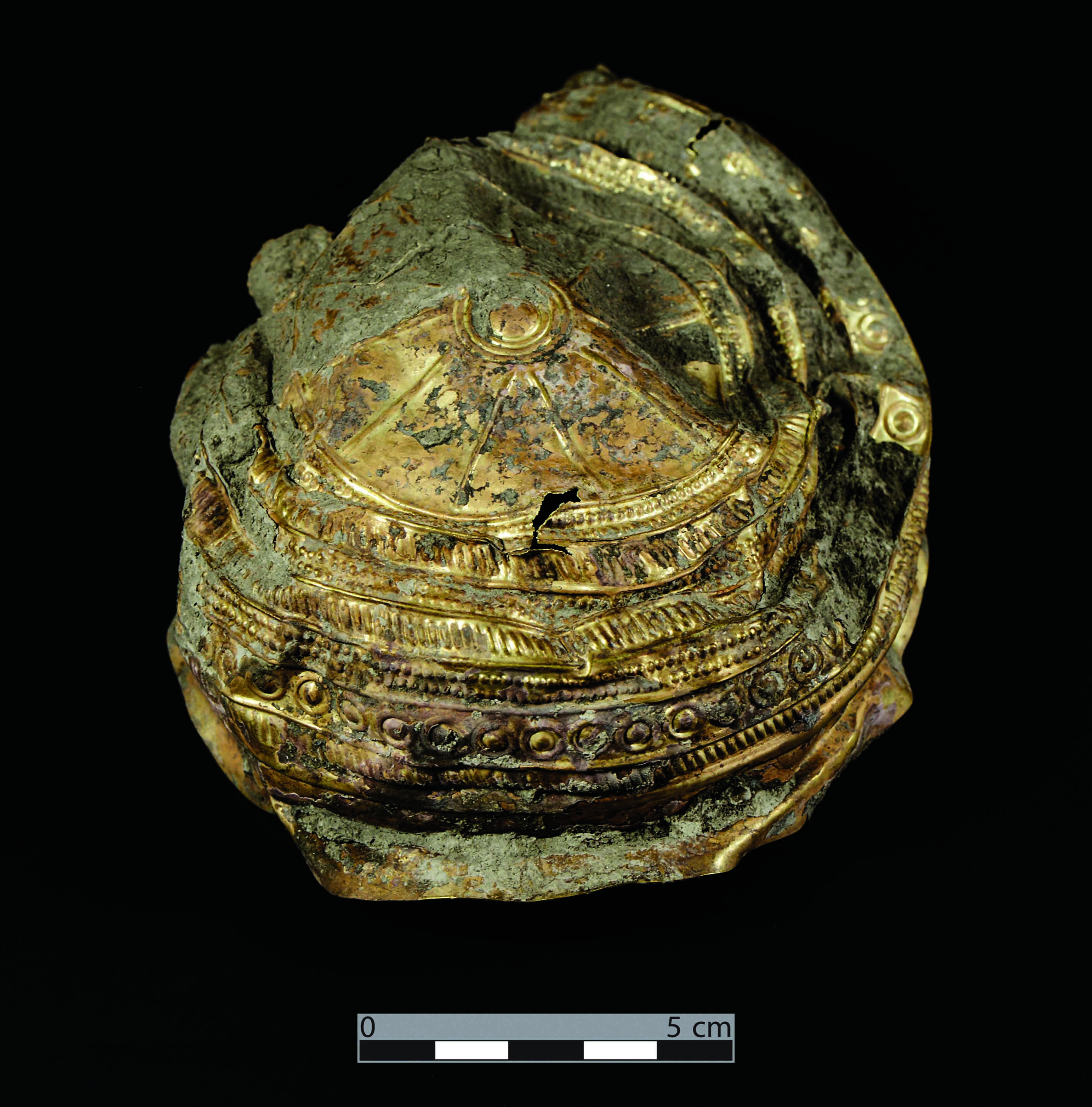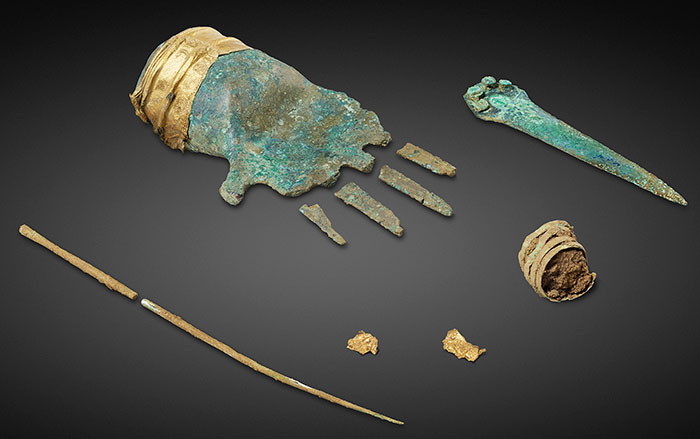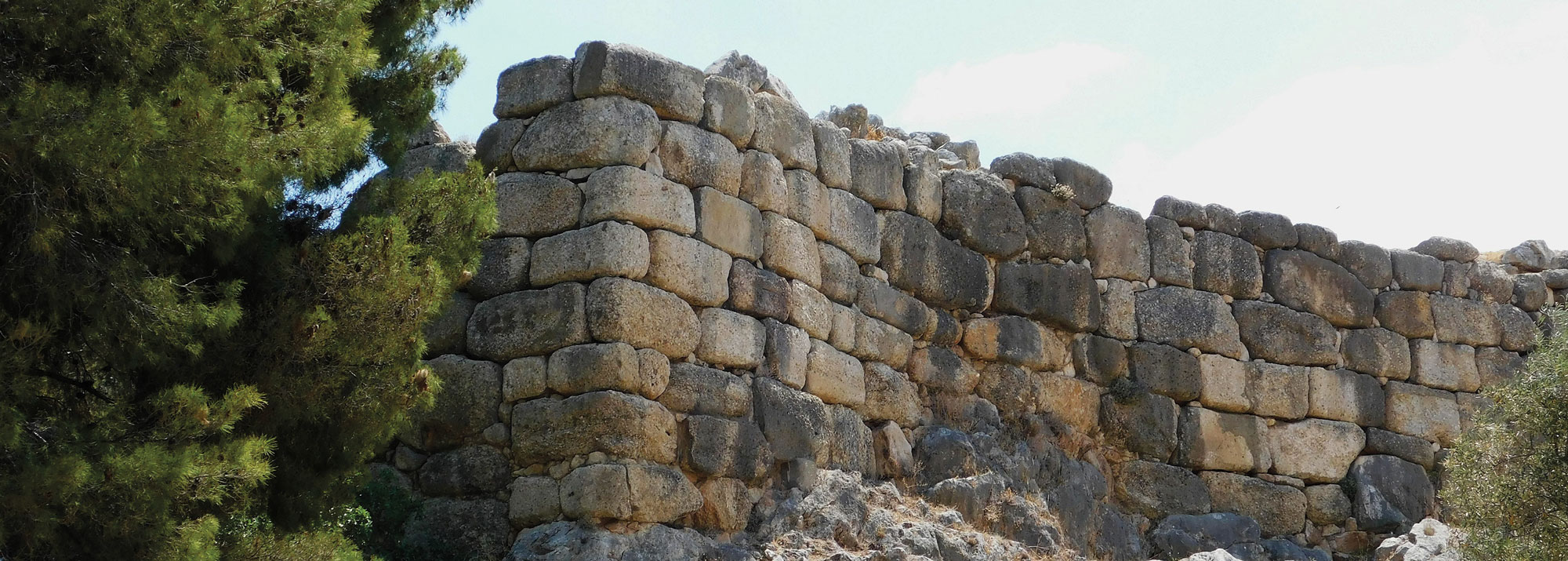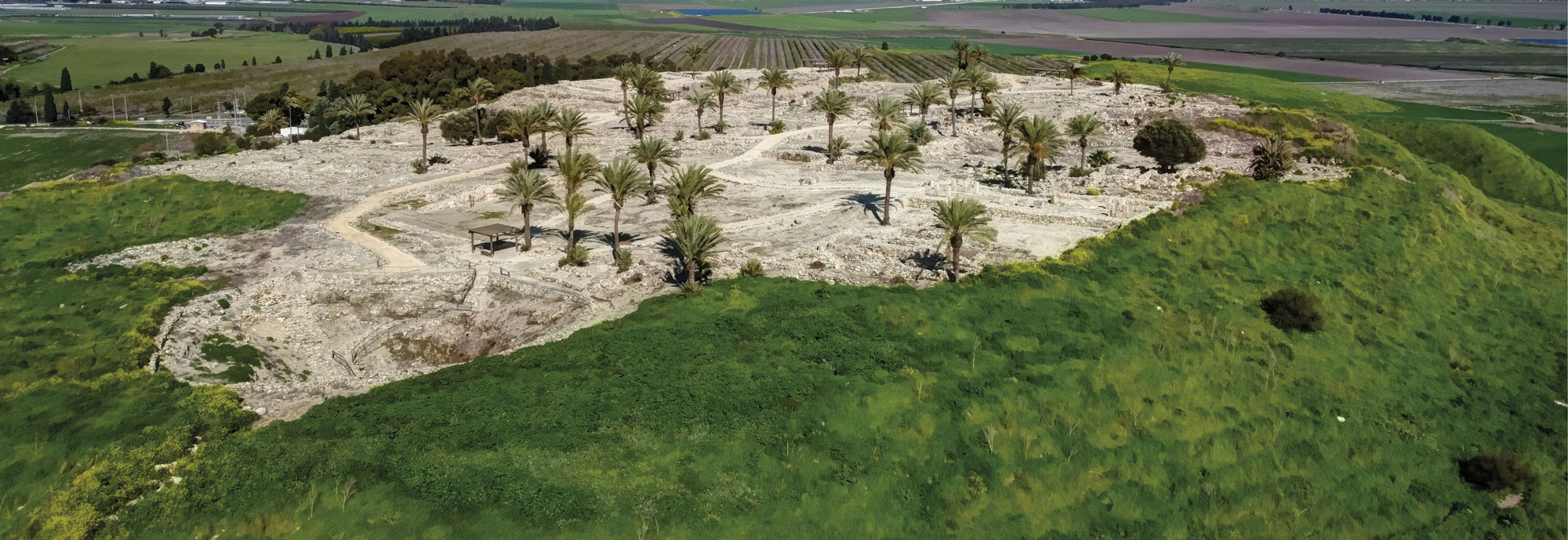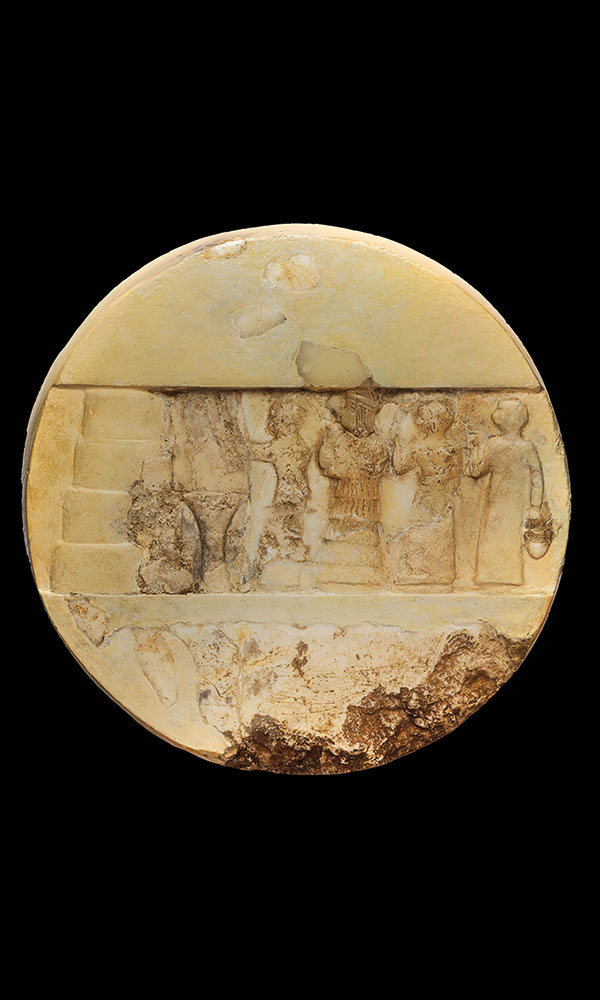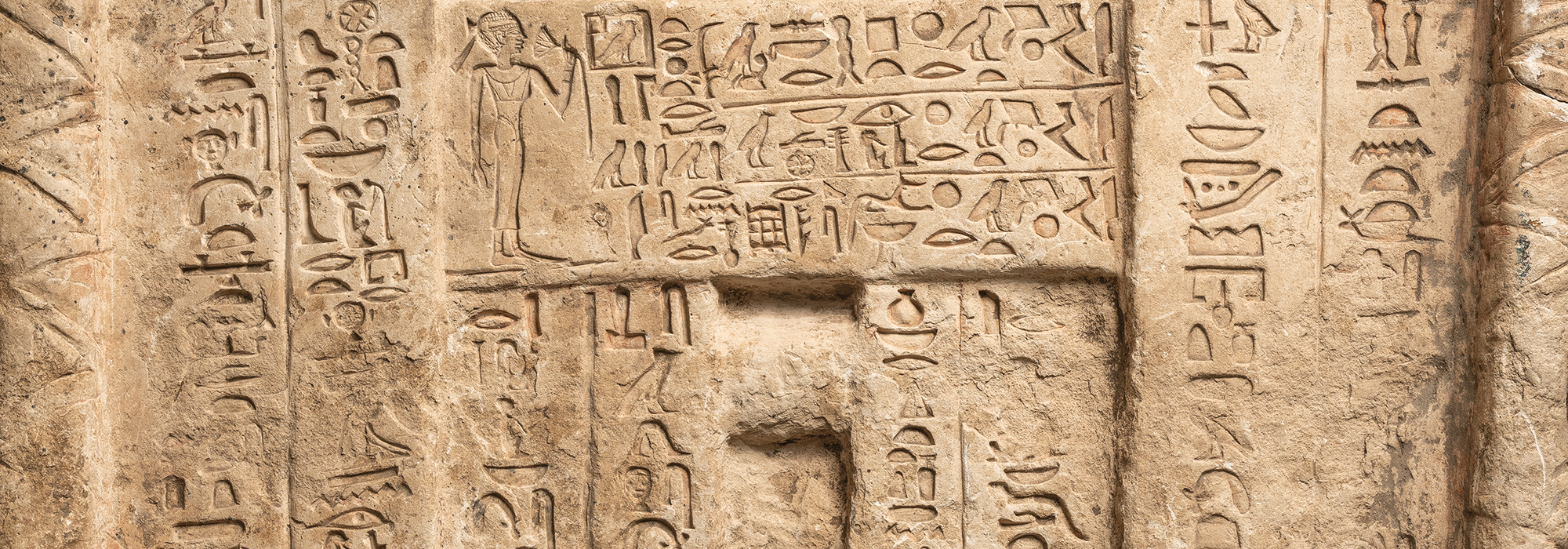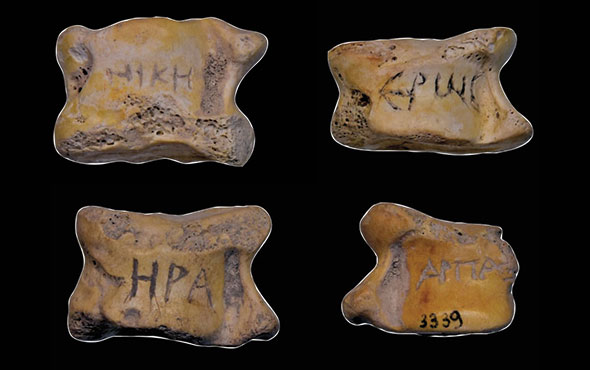
LEICESTER, ENGLAND—According to a report in The Guardian, a new study of 4,000-year-old tools recovered from a grave near Stonehenge some 200 years ago suggests that they were used to work gold. The objects include flint cups, two broken battle axes dated to the Neolithic period, and a copper-alloy awl. When Rachel Crellin and Christina Tsoraki of the University of Leicester and their colleagues examined the tools, which are held at the Wiltshire Museum, they found gold residues on the surfaces. Microscopic wear analysis showed that some had been used like hammers and anvils. Other tools were used to smooth gold sheets that may have been used to cover items made of jet, amber, or wood. The cups may have been used to mix resins and adhesives, the researchers explained. It is not known if the axes had been handed down through the generations over 2,000 years, or if they were found and put to use by Bronze Age craftsmen. The man who was buried in the tomb was likely to have been an early metalworker, the researchers concluded. He was also buried with a cloak decorated with pierced animal bones, a possible symbol linking metalworking and spiritual leadership. To read about a standard measurement that researchers believe Stonehenge's builders used, go to "Epic Proportions."


